Maximum demand for electricity increased from 9,500 MW on 13 Jan 2019 (16:00) to a whopping 14,000 MW on 17 Jan 2019 (17:30).
 Fig 1: Heatwave pushing up power demand
Fig 1: Heatwave pushing up power demand
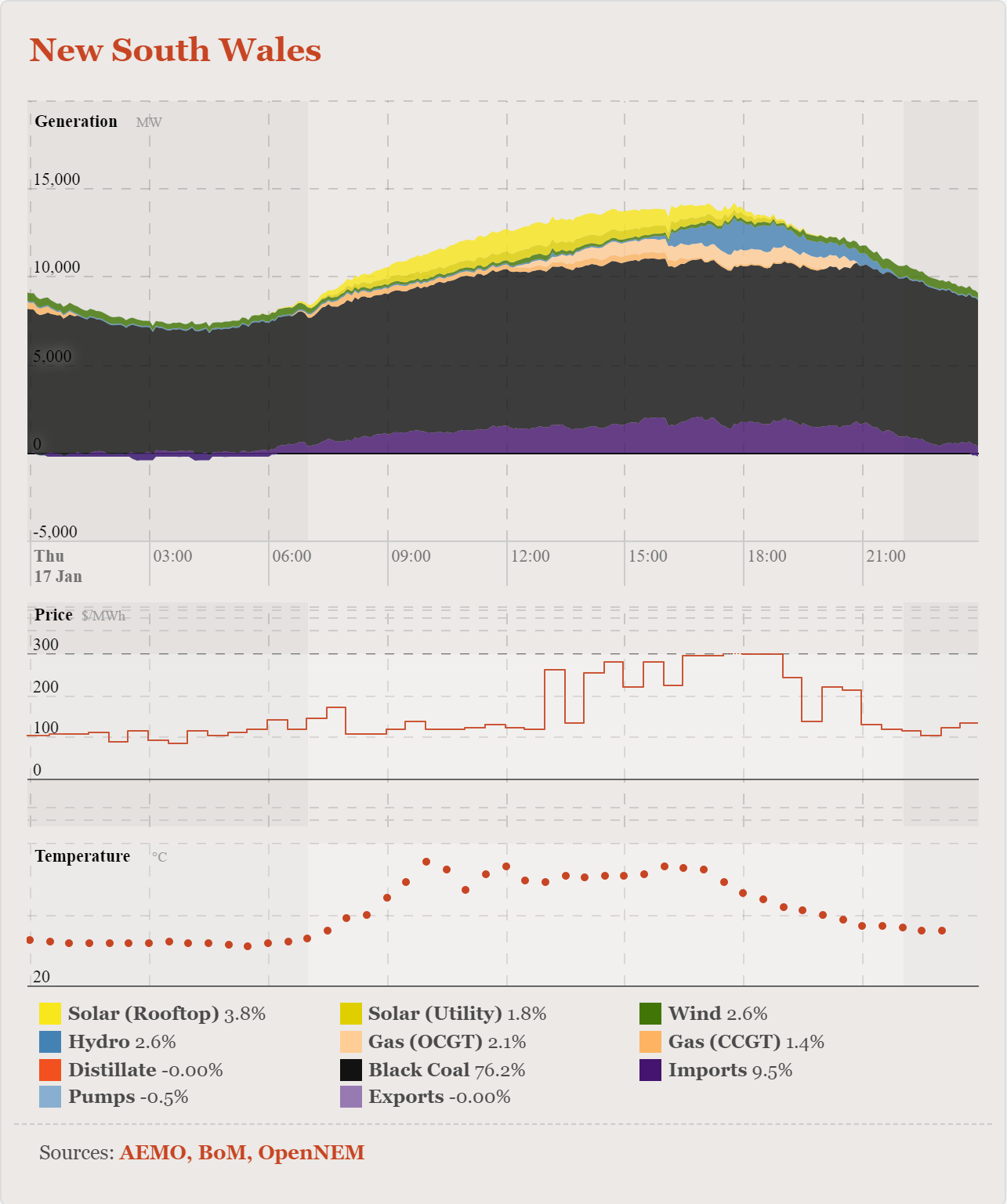 Pic 2: Power generation graph downloaded from Open NEM website
Pic 2: Power generation graph downloaded from Open NEM website
https://opennem.org.au/#/regions/nsw
Downloading the data in XLS format allows us to restack the above graph to show more details on coal:
 Fig 3: NSW power generation with coal stacked first
Fig 3: NSW power generation with coal stacked first
“Black coal net of pumps” means that off-peak pumping for hydro storage has been deducted from the total coal generation. We see that the off-peak pumps replace only part of the main hydro generation (around 1/3) so Snowy would run dry without replenishment by rain.
Coal fired power generation reached around 9,000 MW by 1 pm and continued at that level until 10 pm. That is 93% of the maximum theoretical capacity of 9,660 MW as per following table:
 Fig 4: Capacities of coal fired power plants in NSW
Fig 4: Capacities of coal fired power plants in NSW
https://www.aemo.com.au/Electricity/National-Electricity-Market-NEM/Planning-and-forecasting/Generation-information
Note that Liddell’s capacity was reduced to 1,800 MW (which seems to be 4×450 MW). However, the Australia Institute has only 4×350 MW as per December 2018.
http://www.tai.org.au/content/unit-trip-liddell-nsw-2018-12-23
This aging coal plant is scheduled to be closed in 2022 due to ongoing technical problems.
Let’s zoom into generation excluding coal:
 Fig 5: NSW power imports and generation without coal
Fig 5: NSW power imports and generation without coal
When the demand peak happens between 16:00 and 18:00 solar output is going down. Imports can’t increase due to capacity constraints of interconnectors and also generation availability in other States so hydro has to cover the peak on top of gas.
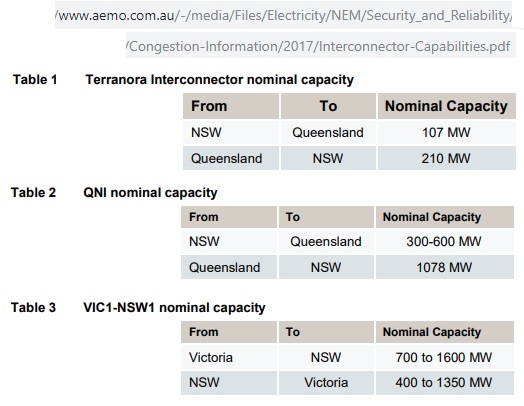 Fig 6: NSW Interconnector capacities with Queensland and Victoria
Fig 6: NSW Interconnector capacities with Queensland and Victoria
https://www.aemo.com.au/-/media/Files/Electricity/NEM/Security_and_Reliability/Congestion-Information/2017/Interconnector-Capabilities.pdf
Power imports were necessary over a whole week:
 Fig 7: NSW power imports and exports
Fig 7: NSW power imports and exports
Average imports (when >0) were 850 MW. It is clear that NSW is a net importer of power.
Now let’s look at power prices per MWh.
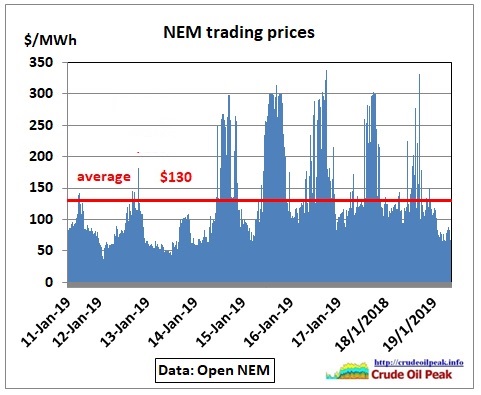 Fig 8: NEM trading prices
Fig 8: NEM trading prices
It is obvious that imports require higher prices.
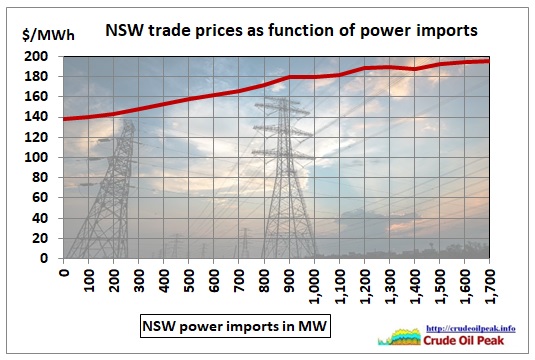 Fig 9: NSW power prices as function of imports
Fig 9: NSW power prices as function of imports
Policy implications
The current highrise boom increases peak demand for power as shown in this graph by the Parramatta Council:
 Fig 10: Additional peak electricity demand for “developments” in Parramatta
Fig 10: Additional peak electricity demand for “developments” in Parramatta
So that will push up electricity prices and ultimately bump into physical capacity limits. The boom in highrises is in turn caused by high immigration and a belief in perpetual growth:
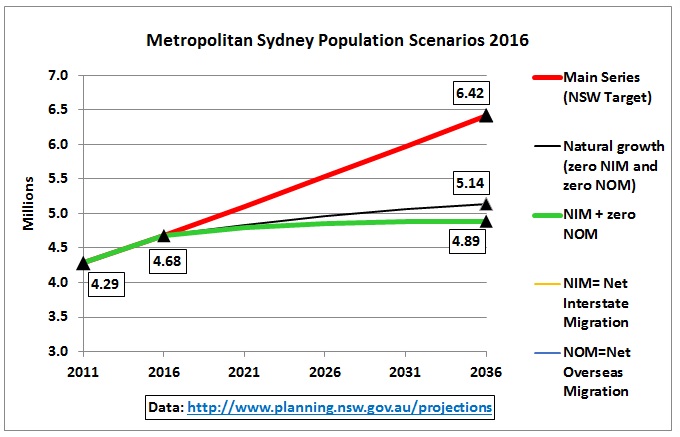 Fig 11: Natural population growth is modest
Fig 11: Natural population growth is modest
https://www.planning.nsw.gov.au/Research-and-Demography/Demography/Population-projections
The number of 4.9 million is now higher but the NSW has not updated its 2016 data.
In the meantime, the Greater Sydney Commission (GSC) under Chief Commissioner Lucy Turnbull (the wife of former Prime Minister Malcolm Turnbull) https://www.greater.sydney/chief-commissioner
wants Sydney’s population to grow to 8 million by 2056:
 Fig 12: Turnbull’s proudly declared population target for 2056
Fig 12: Turnbull’s proudly declared population target for 2056
https://www.greater.sydney/metropolis-of-three-cities
We neither know how the world will look like in 2036, let alone 2056, but what we can safely say is that the GSC is energy and climate illiterate. No resource availability analysis was done (oil, gas, electricity and water supplies) nor an estimate of temperatures in Sydney’s hot west under global warming conditions with its related additional power demand.
I warned a GSC planning panel in Rydalmere on 7th March 2018 and a GSC Community briefing in Parramatta on 12th April 2018 that they are overbooking Sydney’s future power supplies by approving (err.. rubberstamping) all these development applications for new high highrises.
The public’s current attention is on sloppy design and certification procedures for highrises which have come to light by 20 mm cracks in the newly built Opal towers in Homebush https://www.abc.net.au/news/2019-01-21/opal-tower-effect-to-hit-sydney-apartment-prices/10727268
Conclusion
But what the media has not discovered yet is that these apartment towers are driving up peak demand, increase everyone’s power bills and will ultimately result in load shedding
Related articles:
4/8/2018
Victoria brown coal power plant lost 1,600 MW over 4 hrs
http://crudeoilpeak.info/victoria-brown-coal-power-plant-lost-1600-mw-over-4-hrs
20/7/2018
Sydney go on your rooftops and save power for 3 million new immigrants
http://crudeoilpeak.info/sydney-go-on-your-rooftops-and-save-power-for-3-million-new-immigrants
16/3/2018
NSW coal power maxed out in hot summer (part 2)
http://crudeoilpeak.info/nsw-coal-power-maxed-out-in-hot-summer-part-2
14/3/2018
NSW coal power maxed out in hot summer (part 1)
http://crudeoilpeak.info/nsw-coal-power-maxed-out-in-hot-summer-part-1
11/3/2018
Australia’s east coast solar generation is replacing coal by only 2% in late summer
http://crudeoilpeak.info/australias-east-coast-solar-generation-is-replacing-coal-by-only-2-in-late-summer
13/1/2018
Energy guzzling NSW had to import up to 1,700 MW on 7 Jan 2018
http://crudeoilpeak.info/energy-guzzling-nsw-had-to-import-up-to-1700-mw-on-7-jan-2018
31/10/2017
Howard’s Energy Policy Failure 2004
http://crudeoilpeak.info/howards-energy-policy-failure-2004
20/10/2017
Australia’s east coast gas crisis will be permanent
http://crudeoilpeak.info/australia-east-coast-gas-crisis-will-be-permanent
14 Feb 2017
NSW’s privatized giveaway coal plant causes load shedding in extreme weather
http://crudeoilpeak.info/nsws-privatized-giveaway-coal-plant-causes-load-shedding-in-extreme-weather
10 Feb 2017
NSW running low on contingency reserves during hot days
http://crudeoilpeak.info/nsw-running-low-on-contingency-reserves-during-hot-days
28/1/2017
Power Supply in Australia’s New South Wales: how will it cope in coming heatwave?
http://crudeoilpeak.info/power-supply-in-australias-new-south-wales-how-will-it-cope-in-coming-heatwave